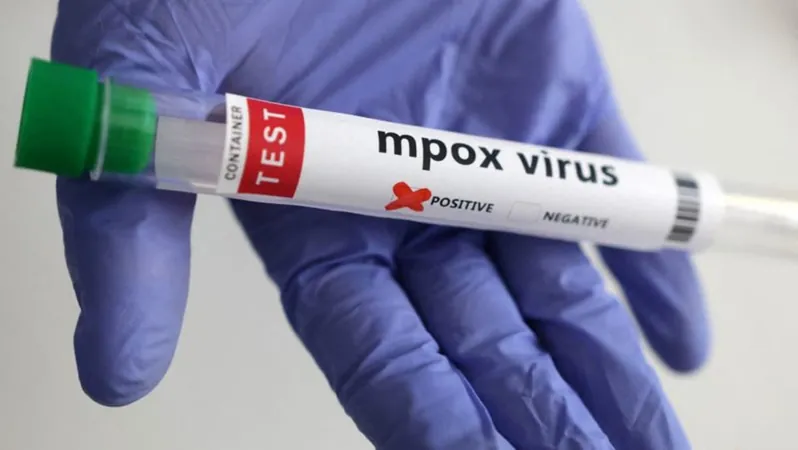
Alarming New Studies Reveal Flaws in Anaphylaxis Treatment Protocols
2024-11-08
Author: Jia
Study Insights: A Call for Better Education and Protocols
The first study, titled "Understanding of Anaphylaxis Management Among Allergy Patients and Components of a Patient-Centered Anaphylaxis Action Plan," was conducted by Joni Chow, DO, a pediatric resident at Baylor College of Medicine. This research involved a survey completed by 96 patients and caregivers in an allergy clinic setting.
While an impressive 95.8% of participants reported being prescribed epinephrine, a concerning 73% felt somewhat confident in recognizing symptoms of anaphylaxis; yet, only 14% could correctly identify symptoms that required the use of epinephrine. Although 85% understood that antihistamines are not an adequate substitute for epinephrine, a significant 23.7% still preferred antihistamines over epinephrine in an emergency.
Furthermore, when presented with scenarios featuring both rash and wheezing following allergen exposure, 64.5% indicated they would use epinephrine. Alarmingly, 10.8% stated they would attempt to drive to the emergency room before administering an injection.
Many respondents expressed barriers to using epinephrine, such as uncertainty about how to use an auto-injector (11.5%), difficulty in identifying symptoms (40.6%), and fear of needles (5.2%). Chow emphasized the need for improved education and awareness among allergy sufferers, stating, “The results demonstrate the need for better education of allergy patients to recognize and treat anaphylaxis appropriately.”
Second Study: Gaps in Emergency Protocols Across the U.S.
The second study, led by Carly Gunderson, DO, explored inconsistencies in anaphylaxis protocols within emergency medical services (EMS) across the United States. Gunderson highlighted that many EMS protocols are outdated or incomplete, emphasizing the variations in definitions and treatment approaches for anaphylaxis.
The research team assessed the protocols of 30 states with mandatory or model state-wide Advanced Cardiac Life Support (ACLS) protocols, discovering significant gaps. Notably, only 50% of the states included gastrointestinal symptoms in their definitions of anaphylaxis, while only 40% acknowledged neurological symptoms. A mere 47% applied a multi-organ system approach in defining anaphylactic reactions.
The study did find some consistency in treatment recommendations: all states advised the use of diphenhydramine and epinephrine, with 90% suggesting albuterol for respiratory symptoms and 73% advising intravenous fluids. Impressively, 97% recognized epinephrine as the primary treatment for anaphylaxis.
Conclusion: A Call for Immediate Action
These findings underscore a critical need for enhanced education among patients and healthcare providers regarding the management of anaphylaxis. With significant discrepancies in both patient understanding and EMS protocols, it is clear that immediate action is required to ensure better outcomes for individuals at risk of severe allergic reactions.
For the safety of patients and caregivers alike, these studies advocate for a comprehensive review and update of anaphylaxis management guidelines across both personal and medical domains. It is imperative to bridge the gap between knowledge and treatment to effectively handle the rising cases of anaphylaxis.




 Brasil (PT)
Brasil (PT)
 Canada (EN)
Canada (EN)
 Chile (ES)
Chile (ES)
 España (ES)
España (ES)
 France (FR)
France (FR)
 Hong Kong (EN)
Hong Kong (EN)
 Italia (IT)
Italia (IT)
 日本 (JA)
日本 (JA)
 Magyarország (HU)
Magyarország (HU)
 Norge (NO)
Norge (NO)
 Polska (PL)
Polska (PL)
 Schweiz (DE)
Schweiz (DE)
 Singapore (EN)
Singapore (EN)
 Sverige (SV)
Sverige (SV)
 Suomi (FI)
Suomi (FI)
 Türkiye (TR)
Türkiye (TR)